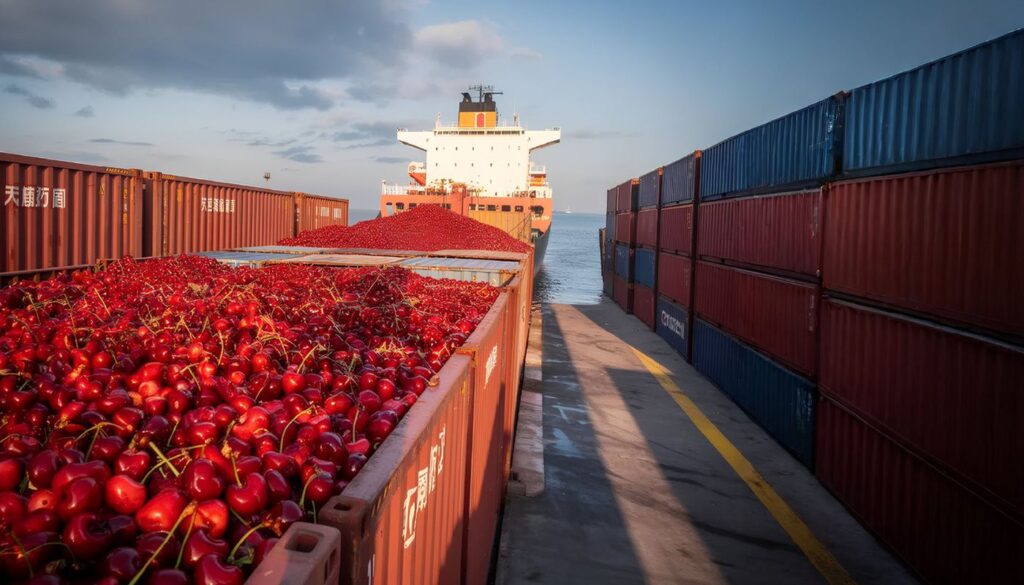In order to analyze the current situation of the bilateral exchange of fresh fruit between both nations, the president of the Association of Fruit Exporters of Chile AG (ASOEX), Iván Marambio, together with the general manager of the entity, Miguel Canala-Echeverría, met with the Mexican ambassador to Chile, Alicia Bárcena, and Adolfo Maldonado of the Mexican origin verification office.
“Since I took over as president of Asoex, I have been especially concerned about strengthening relations with representatives of the countries of destination of our fruits, with which we also have a long history of positive bilateral relations in the exchange of fresh fruits, as is the case of Mexico. The meeting with the ambassador allowed us to analyze those issues that are of interest to our sector, such as the Systems Approach for our grapes that are sent to Mexico, which will allow us to be more competitive, as well as safeguard the quality and condition of our fruits in the Mexican market, especially benefiting its inhabitants.”, Ivan Marambio pointed out.
The president of ASOEX added that there is great potential to increase the exchange of fruits between both countries, especially after the president of Mexico, Andrés Manuel López Obrador, called on Latin American countries to unite in order to boost economic and commercial exchange, removing tariffs and barriers in order to ensure food for Latin American inhabitants. All of this, within the framework of his “anti-inflation plan with Latin American countries.”
It is also important to note that Mexico is the second country with which Chile signed a bilateral Trade Agreement (FTA) and the first of this type signed by Mexico. The beginning of economic and commercial relations between Chile and Mexico dates back to 1991, when both countries signed an Economic Complementation Agreement, called ACE No. 17. The FTA between both countries was signed in 1998, and entered into force in August 1999.
“Mexico is the fifth destination for our fresh fruit in the Latin American market, preceded by Colombia, Brazil, Ecuador and Peru. Last season we sent 37,141 tons of fresh fruit to the Mexican market, reflecting an increase of nearly 14 percent. All of which indicates that we can continue to grow in this market, highlighting the excellent relationship between both phytosanitary agencies, and the fact that each season we have officials from the Mexican Plant Health Directorate (DGV), with the objective of verifying compliance with the established export procedures.” Miguel Canala-Echeverría pointed out.








